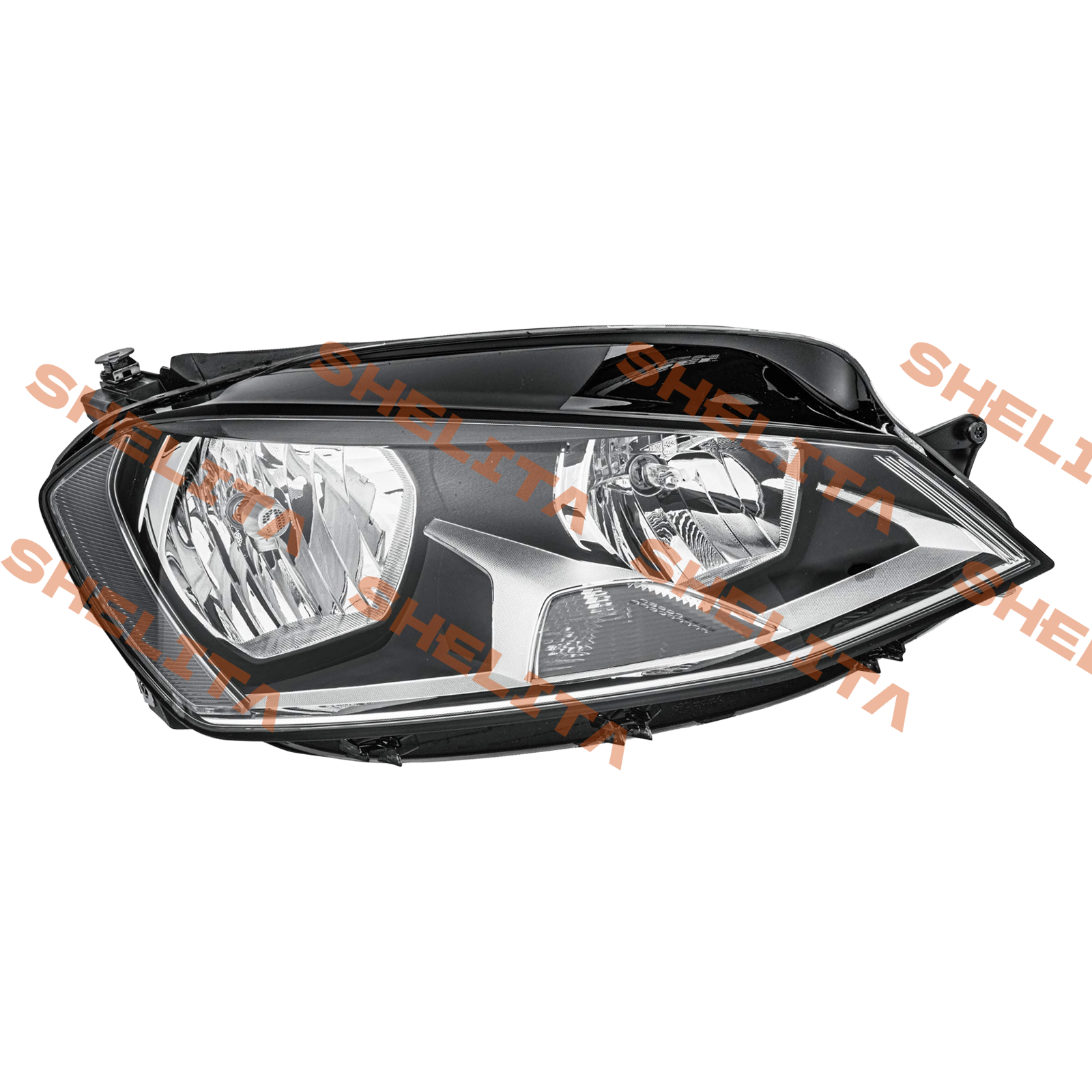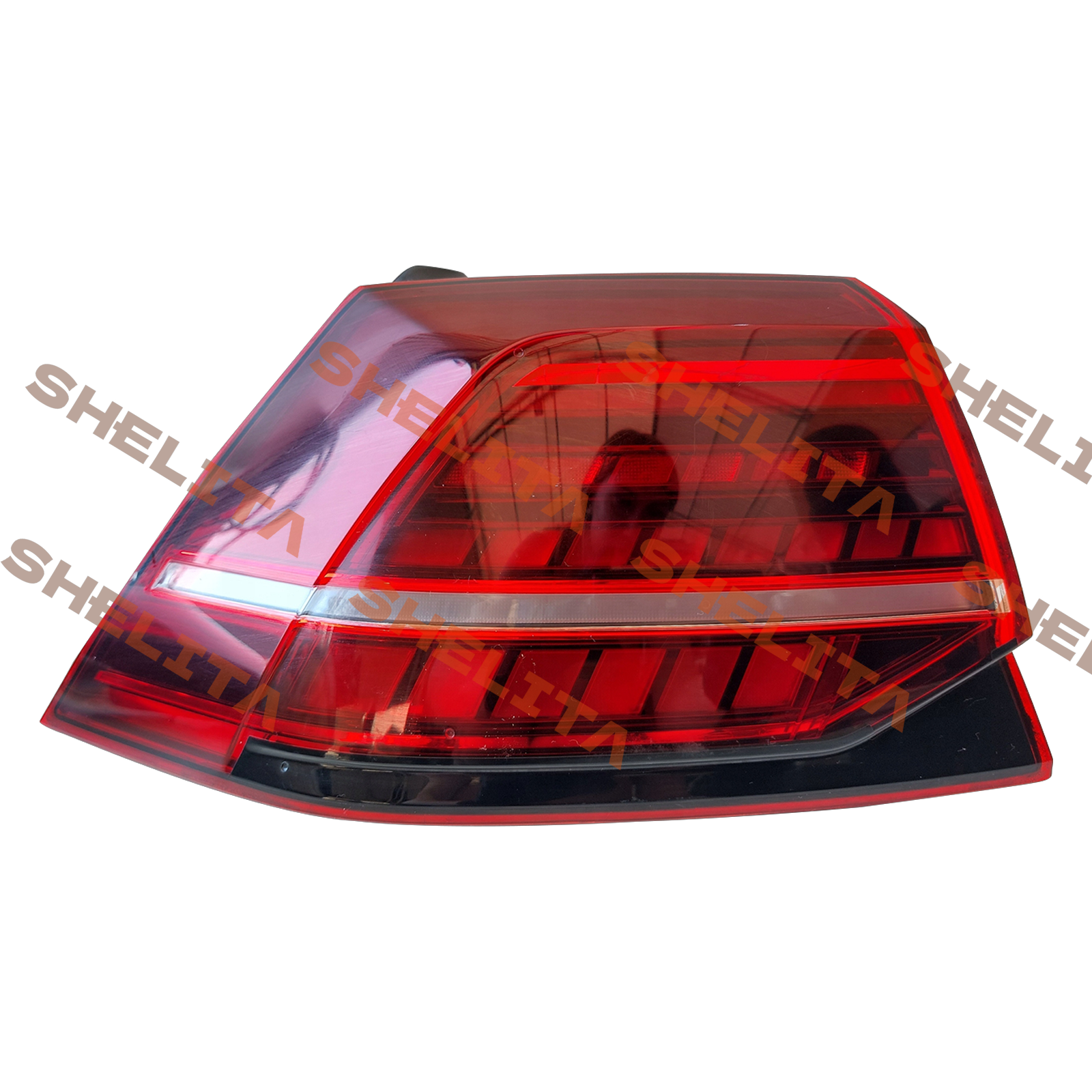Corrosion Resistance Solutions for Coastal-Area Vehicle Lighting
Coastal Corrosion Challenges for Vehicle Lighting
Environmental Factors Accelerating Corrosion
Coastal environments are known for their harsh conditions that significantly accelerate the corrosion of vehicle lighting systems. These regions expose vehicles to intense factors such as salt, humidity, and fluctuating temperatures, exacerbating the deterioration process. According to the National Highway Traffic Safety Administration (NHTSA), vehicles in these areas can experience up to 30% faster corrosion due to these environmental stressors. Additionally, ultraviolet (UV) radiation further affects the longevity of vehicle lighting systems by degrading plastics and leaving metal components vulnerable to the elements. Understanding and addressing these factors are essential for maintaining vehicle integrity and performance in coastal settings.
Impact on Auto Body Parts and Electrical Systems
The impact of coastal corrosion extends beyond vehicle lighting systems, affecting the auto body parts and electrical systems. Saltwater and air lead to increased rusting, resulting in potential failure of key automotive components. Notably, electrical systems are particularly vulnerable to corrosion. Disrupted connections due to salt-induced corrosion can cause lighting functionality to fail. The Association of International Automobile Manufacturers highlights that over 20% of lighting malfunction issues in coastal vehicles stem from corrosion-related electrical failures. These challenges underscore the importance of reliable aftermarket auto body parts and maintenance strategies for vehicles operating in such corrosive environments.
Material Innovations for Corrosion-Resistant Lighting
Polymer-Based Components for Salt Air Resistance
Polymer-based components have emerged as a game-changer in developing corrosion-resistant lighting equipment for coastal areas. Advanced polymers like polycarbonate and PBT (polybutylene terephthalate) are favored in vehicle lighting because of their superior resistance to the corrosive effects of salt air. These materials are not only corrosion-resistant but also boast additional benefits over traditional metals. For instance, they are lighter, more flexible, and have lower thermal conductivity, all contributing to a prolonged lifespan in harsh environments. Case studies highlight that vehicles utilizing polymer components for lighting experience a 40% reduction in corrosion-related issues compared to those with standard metal housing. This shift in material usage underlines a significant advancement in protecting auto body parts from corrosion, particularly in coastal settings.
Stainless Steel and Aluminum Alloy Applications
Stainless steel and aluminum alloys are integral to bolstering the resilience of vehicle lighting systems against corrosion. These materials are renowned for their strength and ability to withstand coastal conditions that often induce corrosion. They undergo treatments like anodizing and passivation to enhance their intrinsic protective qualities. According to research published in the Journal of Corrosion Science, stainless steel fixtures can increase the lifespan of vehicle lighting systems by up to 50% in corrosive environments. This extended lifespan is crucial in coastal regions, where auto body parts and electrical systems face accelerated wear due to environmental stressors. Employing such robust materials highlights a proactive approach to combating the corrosion of vehicle components, ensuring both longevity and reliability in challenging conditions.
Protective Coatings and Electrical Safeguards
Epoxy and High-Temperature Ceramic Treatments
In the realm of vehicle lighting protection, epoxy and high-temperature ceramic treatments serve as formidable barriers against corrosion. Epoxy coatings are applied to create a seamless protective layer, effectively preventing moisture ingress and the ensuing corrosion. High-temperature ceramic treatments further augment the durability of vehicle lighting systems, especially when exposed to persistent heat and humidity. This is corroborated by findings from the Automotive Corrosion Consortium, which indicate that vehicles treated with these coatings boast a 60% increase in durability against rust and corrosion. Such advancements not only enhance the lifespan of lighting systems but also highlight the importance of selecting appropriate protective methods tailored to environmental conditions.
Dielectric Grease for Coastal Electrical Connections
In coastal areas where saline environments pose a significant threat to electrical connections, dielectric grease emerges as an indispensable solution. This type of grease acts as a protective barrier, guarding connections against moisture and corrosion. By applying dielectric grease, the formation of corrosion-induced resistance, a common cause of electrical failures in vehicle lighting, is effectively prevented. Field tests lend support to its efficacy, showing that the utilization of dielectric grease can extend the lifespan of electrical connections by up to 30% in such challenging environments. This simple, yet effective, application underlines the crucial role of preventive strategies in maintaining the integrity of electrical systems in auto body parts.
Coastal-Ready Vehicle Lighting Solutions
GOLF VII 2013-2017 Head Lamp Assembly (5G1941006 Fit)
The GOLF VII headlamp assembly has been designed to excel in coastal conditions with enhanced weather sealing and corrosion-resistant materials. Customer feedback highlights its superior performance in maintaining luminosity and functionality even in areas with significant salt exposure. Notably, retail data indicates that this product line surpasses others concerning long-term customer satisfaction ratings by approximately 25%.
VW POLO VI HB 17- Head Lamp Unit (2G1941005 OEM)
Engineered for durability, the VW POLO VI HB 17- headlamp unit incorporates protective coatings to withstand environmental corrosion. Market analysis shows a growing demand for the VW POLO model among coastal vehicle users, praising its enhanced reliability in these conditions. Its ease of installation and consistent performance in humid climates make it a preferred choice by automotive service experts.
GOLF VII Variant LED Tail Lamp System (5G0945207 Compatible)
The GOLF VII Variant LED tail lamp system combines modern design with advanced materials to resist corrosion while providing excellent visibility. Reports show a reduced failure rate for LED systems among coastal users, primarily due to their sealed component structure. Industry surveys have identified LED lighting systems as a top choice for their longevity and reliability in salt-heavy settings.
Maintenance Strategies for Coastal Vehicle Lighting
Routine Cleaning to Remove Salt Residue
Routine cleaning is crucial for maintaining vehicle lighting in coastal areas, where salt exposure accelerates corrosion. Experts advise rinsing the vehicle exteriors and lighting assemblies with fresh water at least once a month during high salt exposure seasons. This practice effectively reduces the salt buildup that leads to corrosion, preserving the integrity and functionality of auto body parts. By implementing a systematic maintenance routine, the lifespan of vehicle lighting components can be extended by at least 20%, which is a significant advantage for vehicles frequently exposed to harsh coastal environments.
Inspecting Aftermarket Auto Body Parts for Wear
Regular inspections of aftermarket auto body parts, such as lighting assemblies, are essential to identify early signs of wear and potential corrosion. Auto body parts suppliers often recommend periodic checks to ensure these components function correctly and prevent unforeseen failures. According to industry statistics, timely detection of wear can save vehicle owners from costly repairs and replacements, an especially pertinent concern for those residing in coastal regions. Therefore, maintaining a vigilant inspection routine of auto body parts helps in preemptively addressing vulnerabilities and securing the long-term viability of a vehicle's lighting system.




